Earlier this year I had the amazing opportunity to spend a week with Ryan Neil at his bonsai garden just outside Portland, OR. The week consisted of being surrounded by some of the most awesome native material I’ve ever seen. Each day was spent in the workshop with Ryan and his French apprentice JP, styling one ancient tree after another. Here are just a few of the photos from my week.
Day 1: Amazing bonsai and rain, welcome to Portland.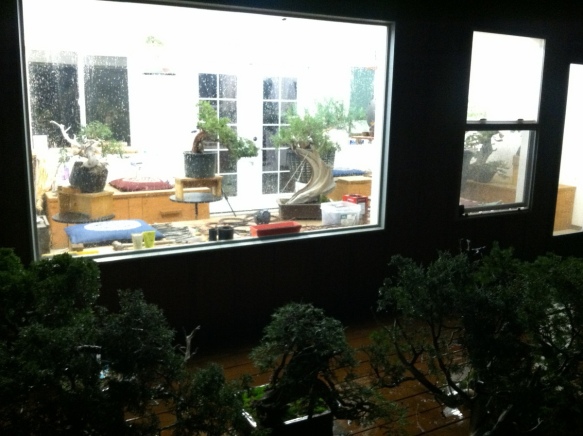 A combination of jet lag and excitment led to this first photo taken at 4 a.m. The workshop was filled with tress with many others on-deck.
A combination of jet lag and excitment led to this first photo taken at 4 a.m. The workshop was filled with tress with many others on-deck.
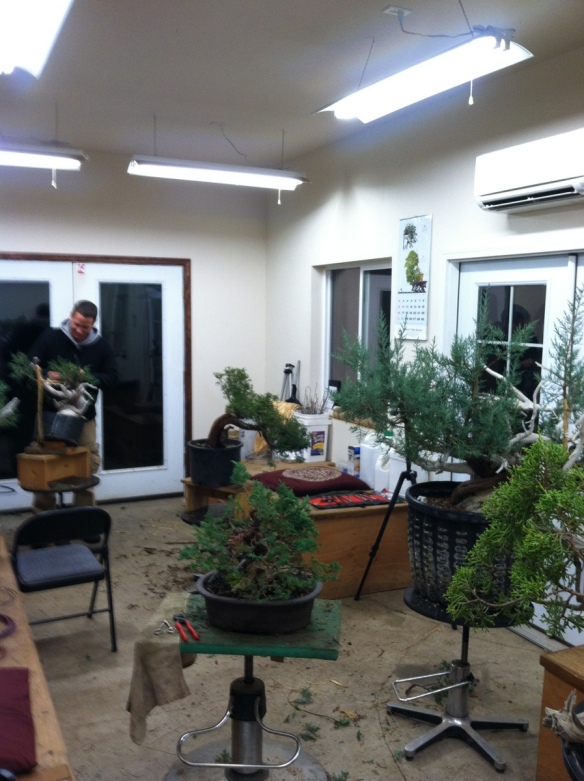
 A massive California Juniper (right) and Sierra Juniper (left) dominated the workshop. The Sierra Juniper became my main project tree for the week.
A massive California Juniper (right) and Sierra Juniper (left) dominated the workshop. The Sierra Juniper became my main project tree for the week. 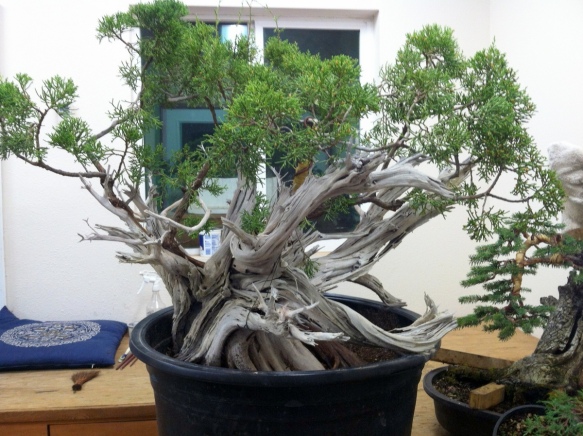 The dead wood on the Ca Juniper was unreal.
The dead wood on the Ca Juniper was unreal.
Day 2. The Garden
Day 3: Project tree
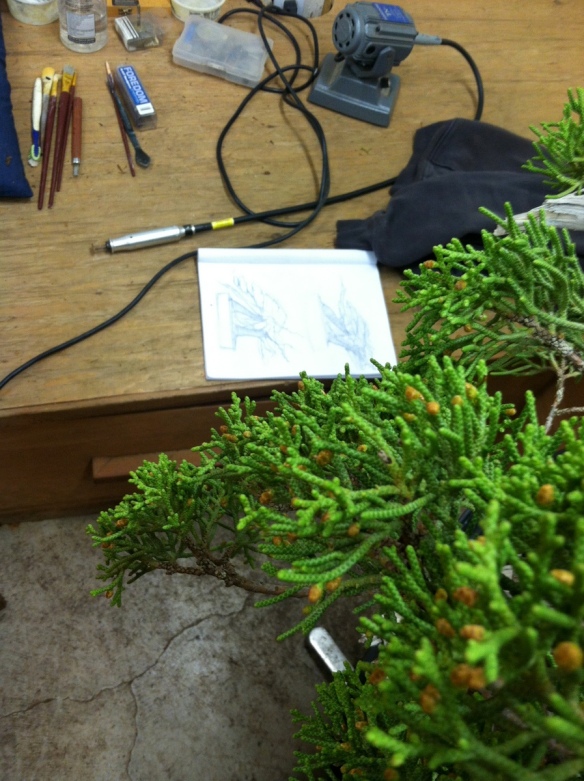 Before we started working on our project tree, Ryan had JP and I draw three different design options. Ryan’s apprentice, JP is a graphic artist by trade which showed in his sketches.
Before we started working on our project tree, Ryan had JP and I draw three different design options. Ryan’s apprentice, JP is a graphic artist by trade which showed in his sketches.
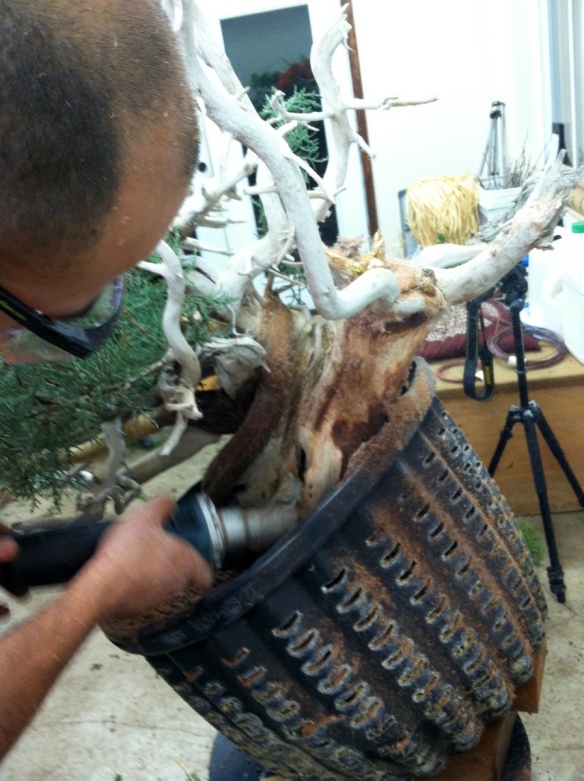 Once we decided on the design, JP began cleaning the dead wood.
Once we decided on the design, JP began cleaning the dead wood.
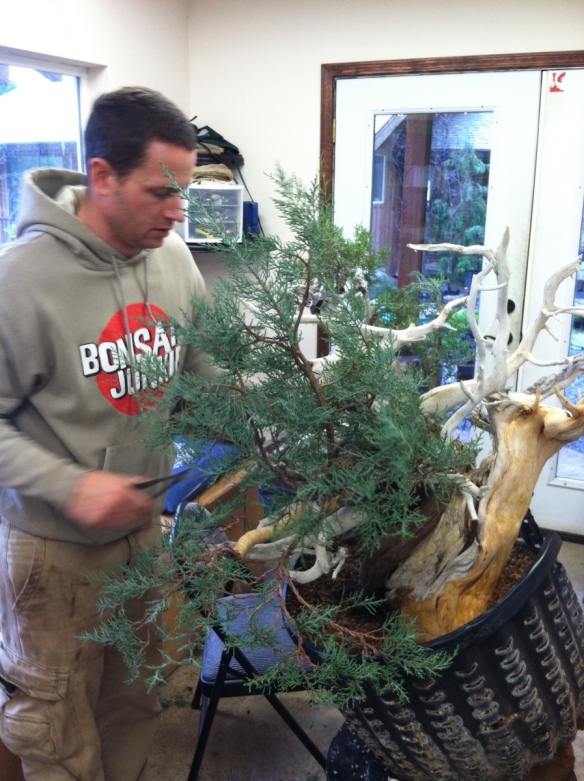 Once the wood had been cleaned, Ryan began setting the major branches in place.
Once the wood had been cleaned, Ryan began setting the major branches in place.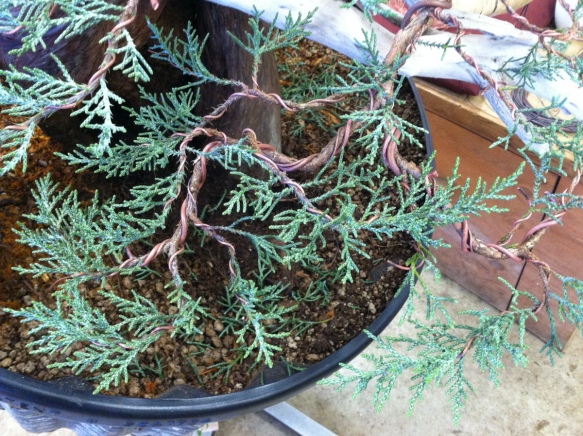 Once the structural branches were set in place I continued wiring the smaller branches. This took the better part of several days.
Once the structural branches were set in place I continued wiring the smaller branches. This took the better part of several days.
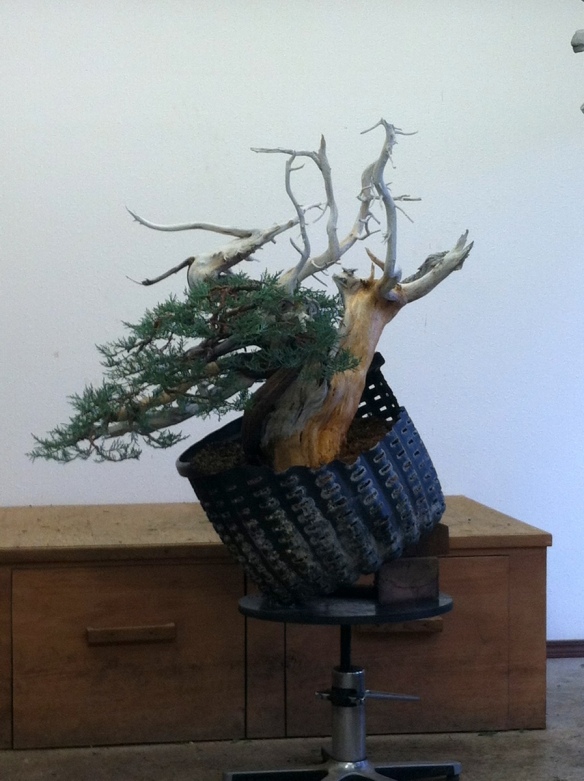 I can’t wait to see this tree in a pot.
I can’t wait to see this tree in a pot.
Day 4: Snow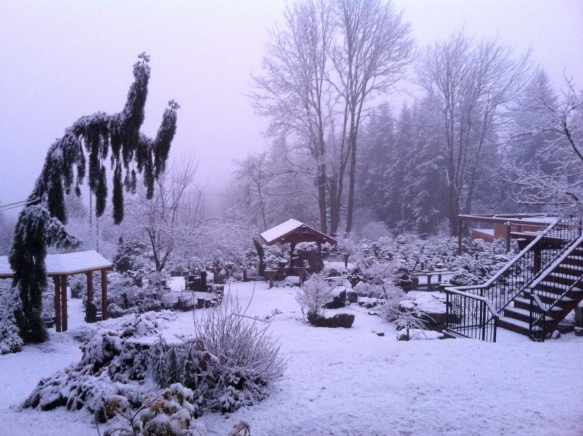 This morning I awoke to the garden covered in several inches of snow. I quickly grabbed my camera and got the following pictures.
This morning I awoke to the garden covered in several inches of snow. I quickly grabbed my camera and got the following pictures.
 This was one of my favorite trees in the garden.
This was one of my favorite trees in the garden.

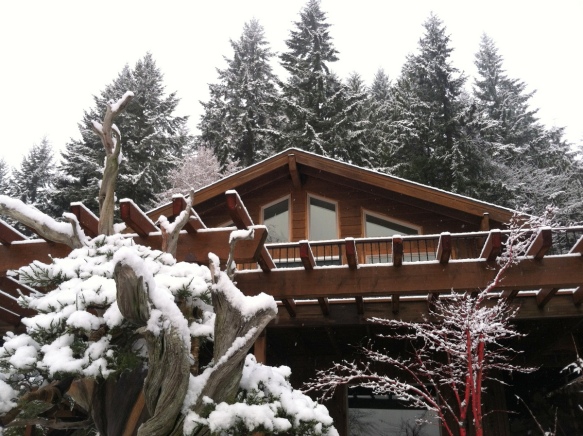
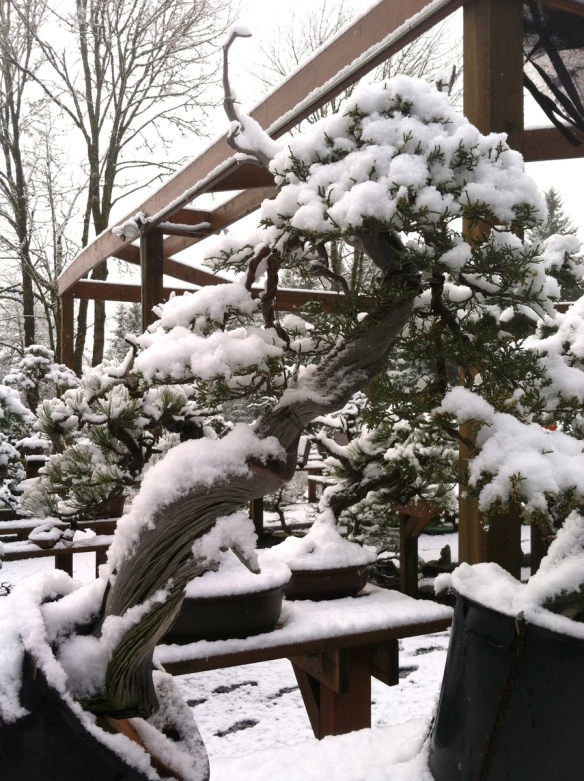
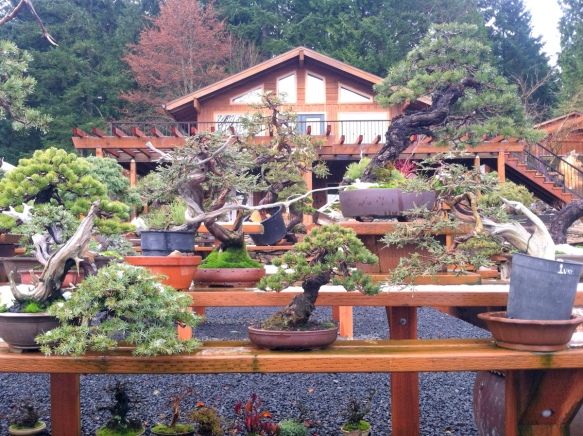
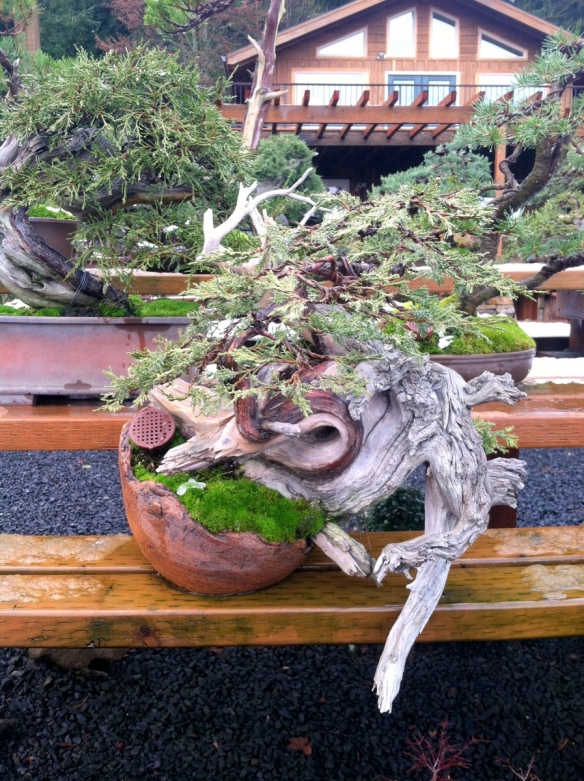
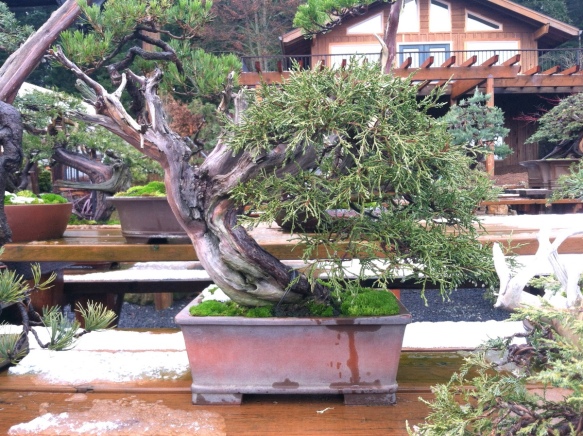
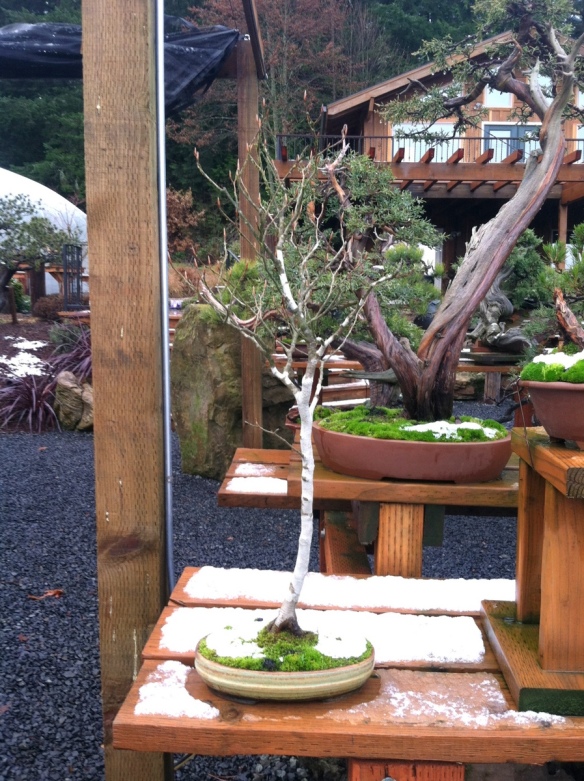
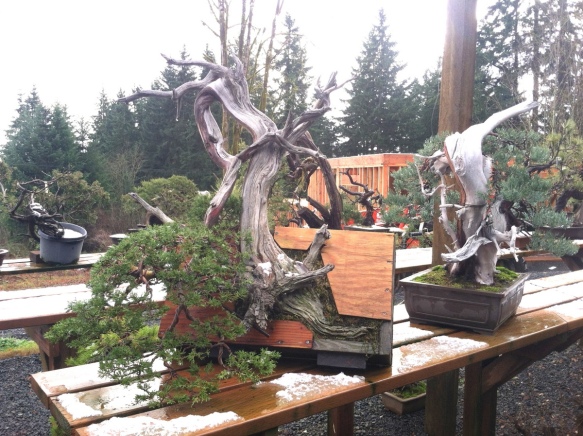
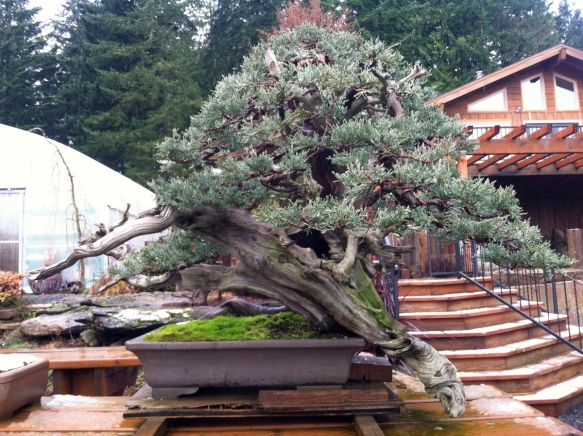
 I think this was my favorite tree in the garden. I kept coming back to it over and over through out the week. The dead wood curving over the lip of the pot was so cool. It reminded me of Capt. Hook.
I think this was my favorite tree in the garden. I kept coming back to it over and over through out the week. The dead wood curving over the lip of the pot was so cool. It reminded me of Capt. Hook.
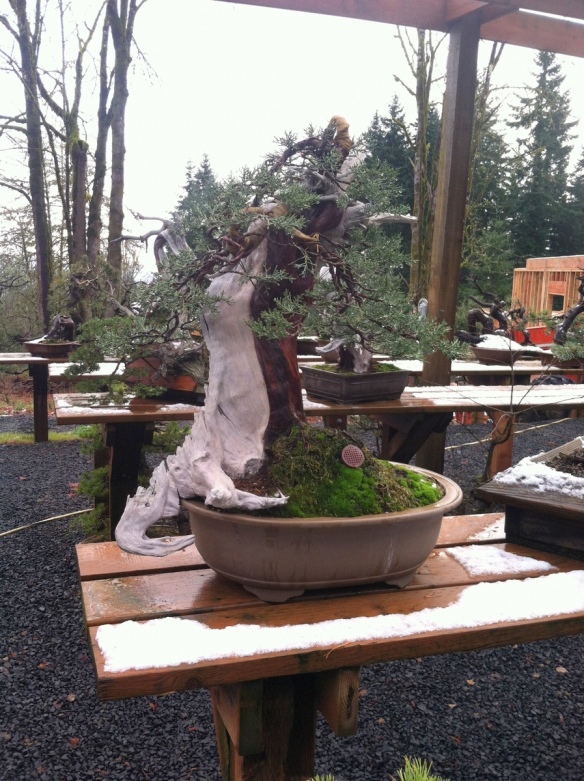 The back of the tree was just as impressive as the front.
The back of the tree was just as impressive as the front.
Day 5: The Greenhouse
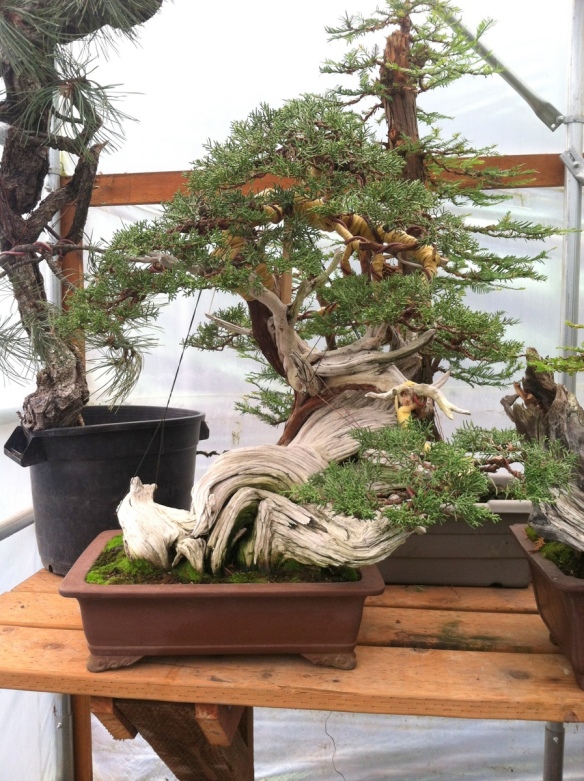 The greenhouse contained trees that had recently repotted or wired. This tree was very special because it came from John Naka’s collection. Even though I get to work on the 6 Naka trees at the Museum, I still have goosebumps when seeing any tree from the Naka collection.
The greenhouse contained trees that had recently repotted or wired. This tree was very special because it came from John Naka’s collection. Even though I get to work on the 6 Naka trees at the Museum, I still have goosebumps when seeing any tree from the Naka collection.
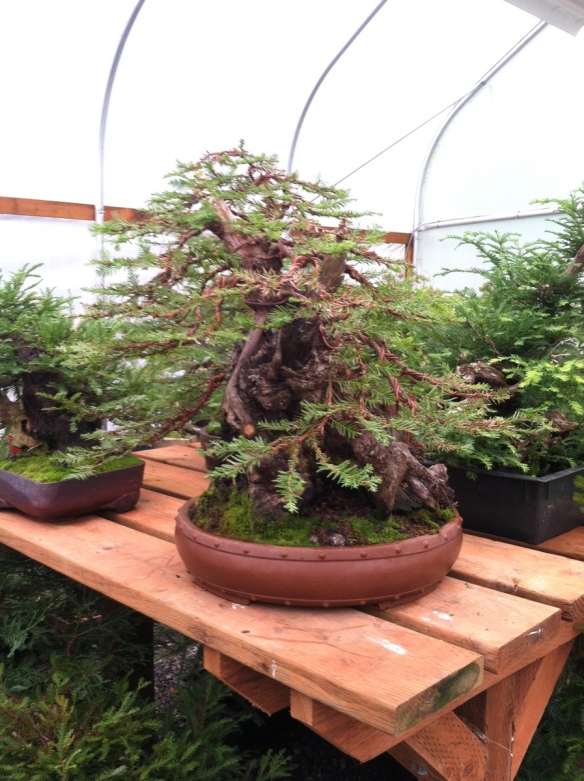 It also contained less hardy trees like California Oaks and Redwoods.
It also contained less hardy trees like California Oaks and Redwoods.


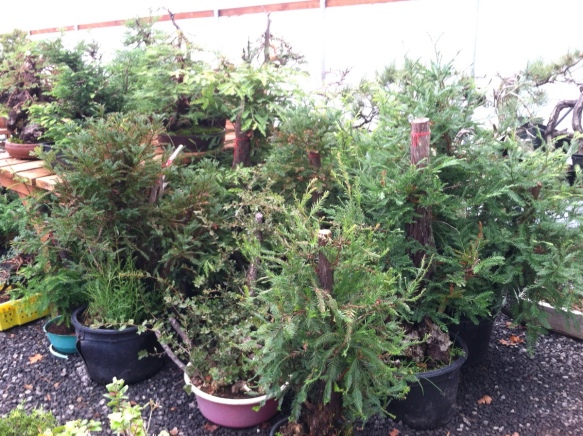 Just a few Redwoods for one gnarly forest planting.
Just a few Redwoods for one gnarly forest planting.
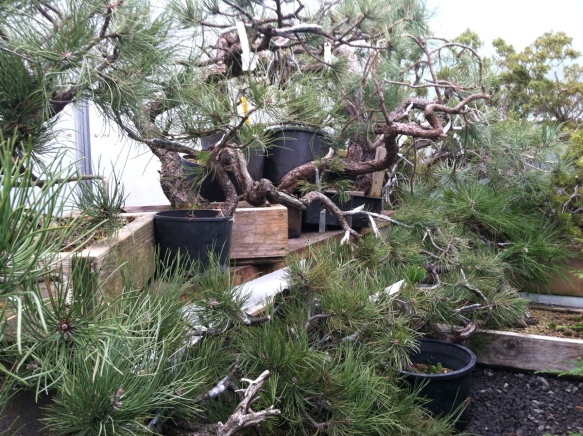 Ponderosa pine grafted with Japanese Black Pine
Ponderosa pine grafted with Japanese Black Pine
Watch Ryan’s grafting technique here.
Day 6: Here comes the sun.
Day 7: Photoshoot
At the end of the week it was time to assess all that we got done.


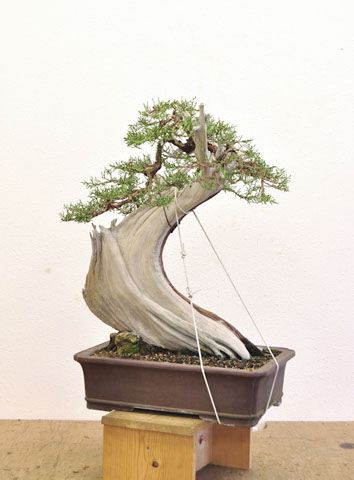
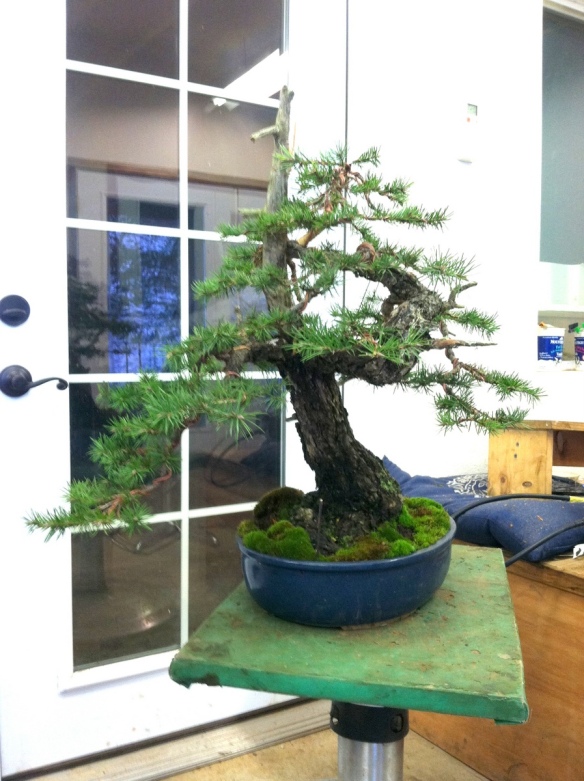 This was another tree I wired during the week.
This was another tree I wired during the week.
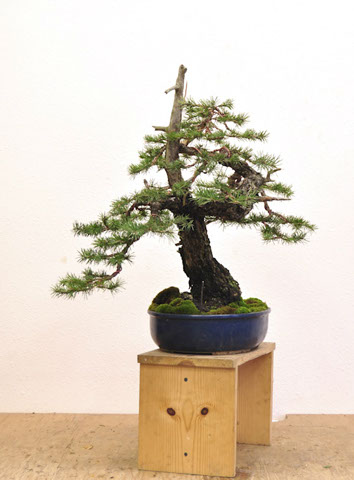 I want to thank Ryan for his generosity and hospitality in inviting me to his place. I have been to numerous bonsai gardens but Bonsai Mirai is a truly magical place. If your wanting to take you bonsai skills to the next level, plan a trip to spend a week at Bonsai Mirai.
I want to thank Ryan for his generosity and hospitality in inviting me to his place. I have been to numerous bonsai gardens but Bonsai Mirai is a truly magical place. If your wanting to take you bonsai skills to the next level, plan a trip to spend a week at Bonsai Mirai.

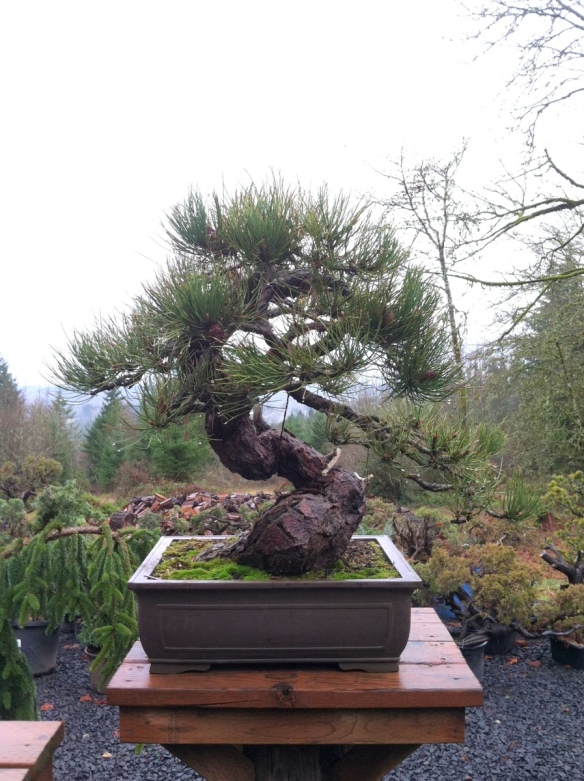



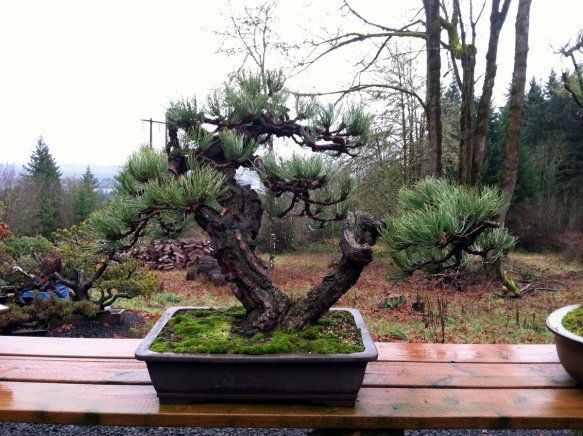
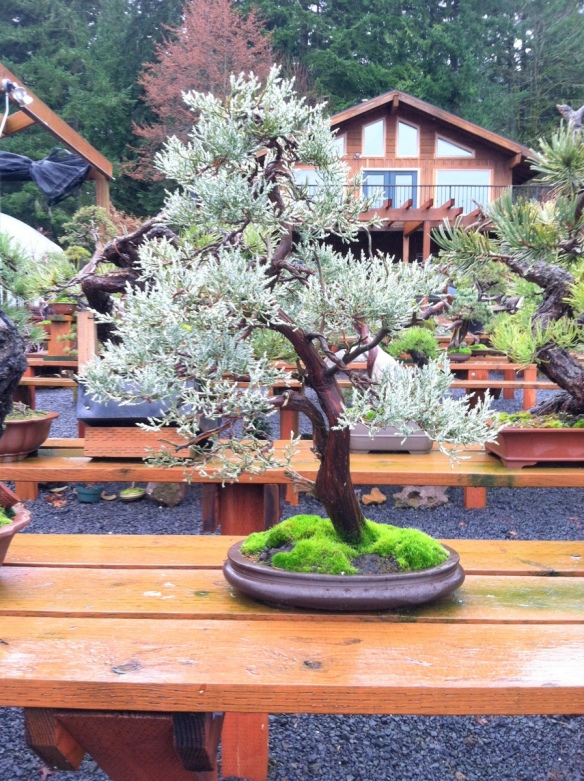
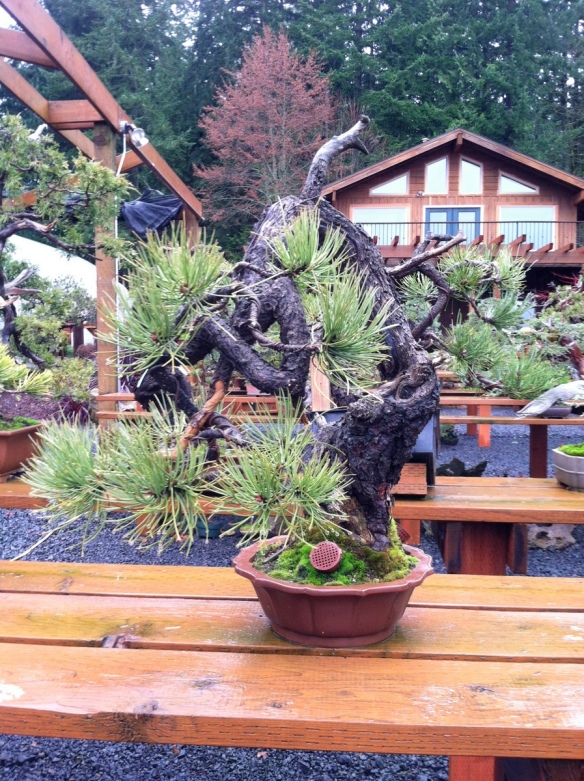

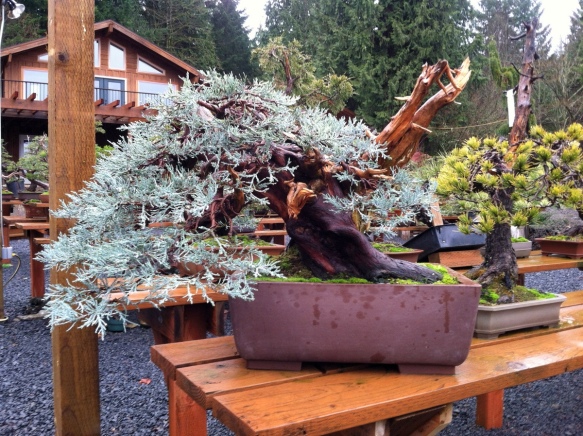
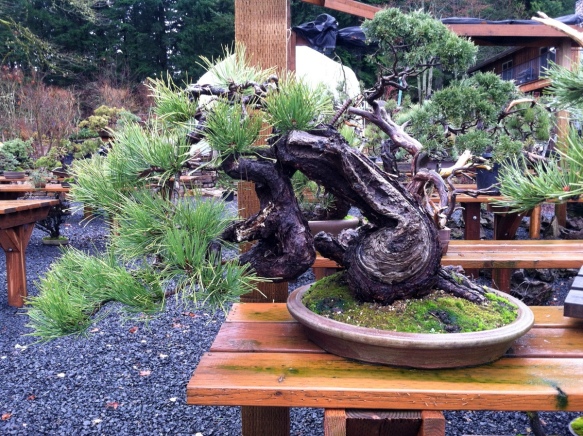
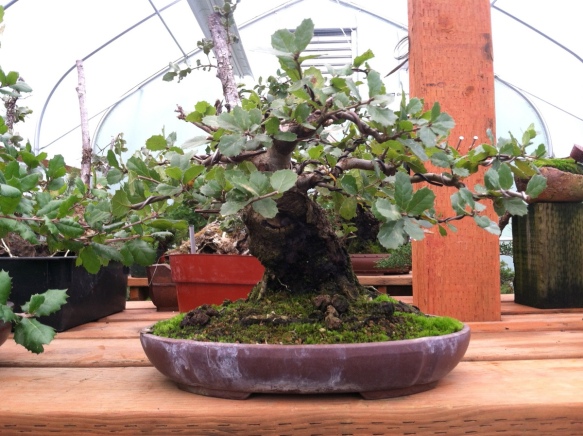

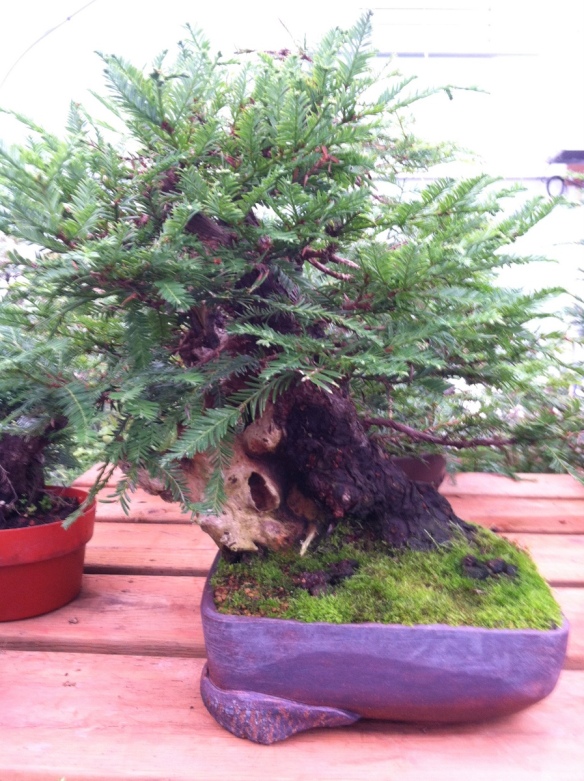
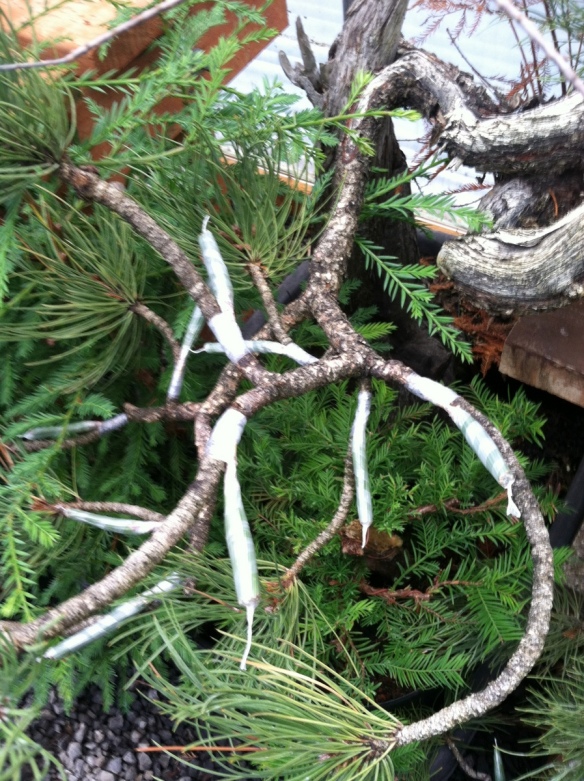
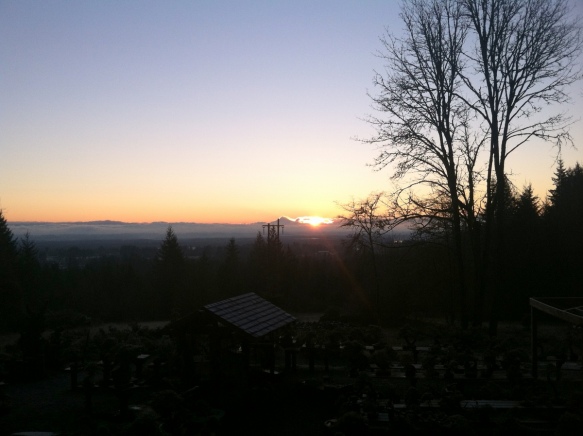
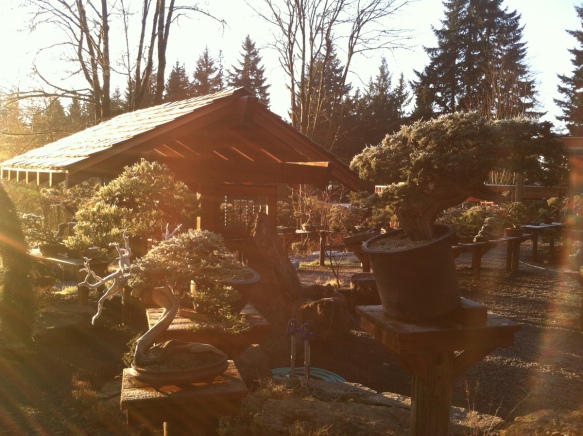
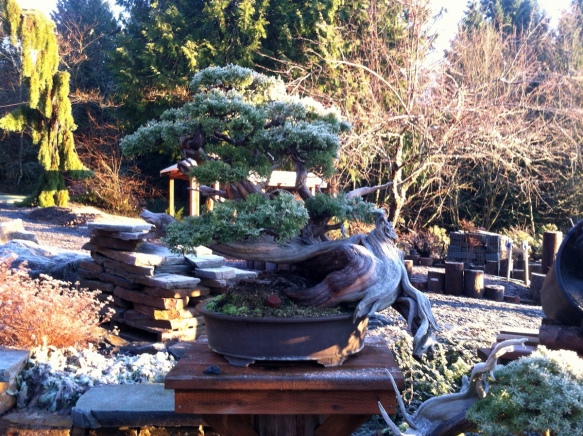
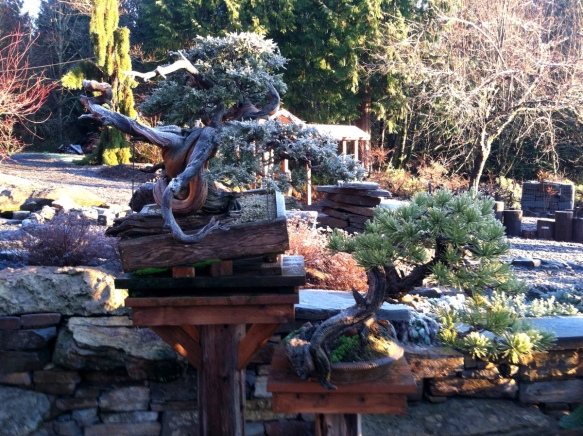
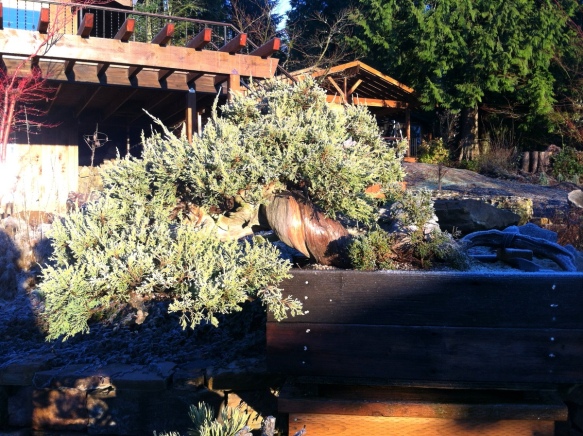
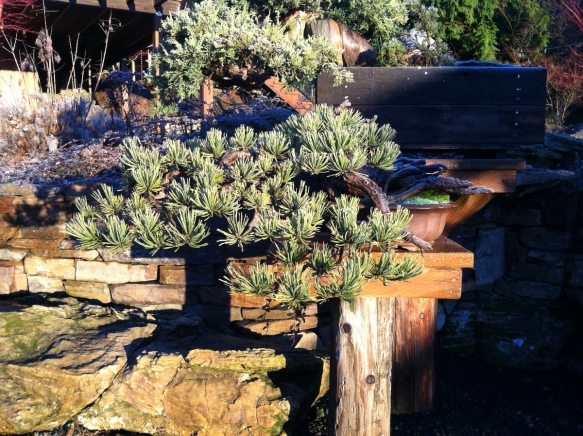
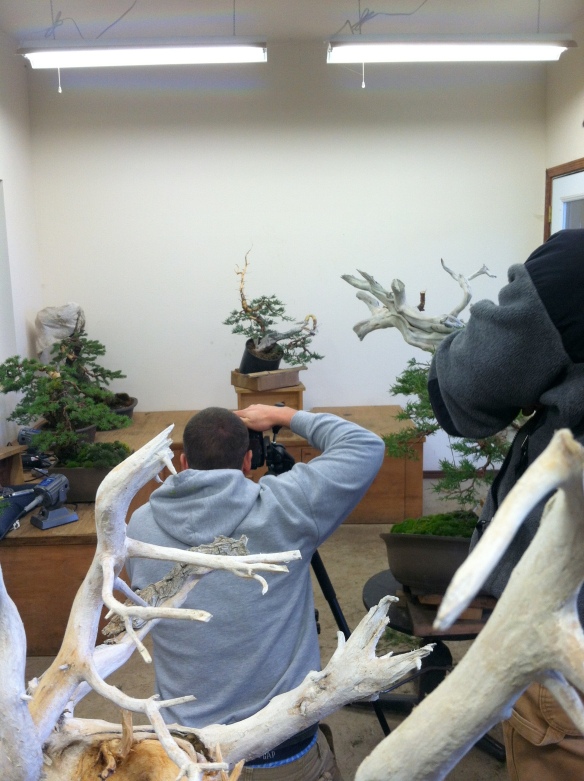
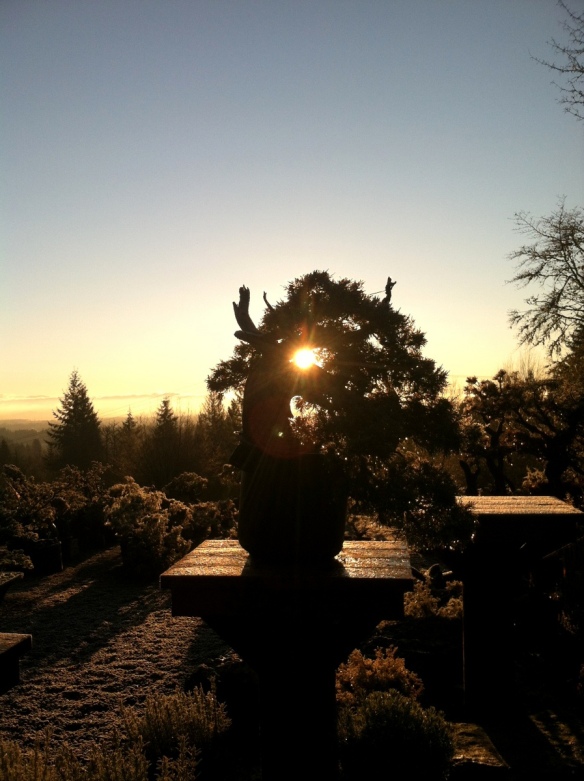

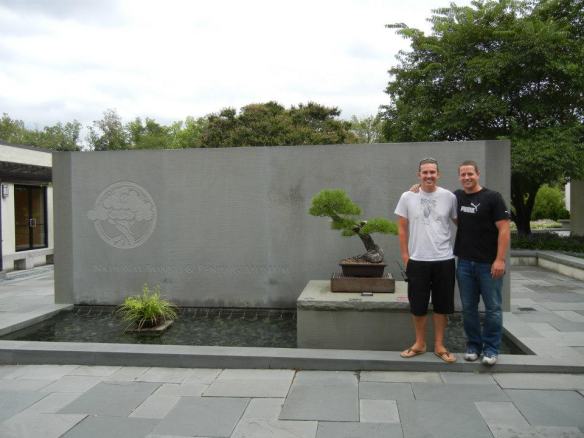
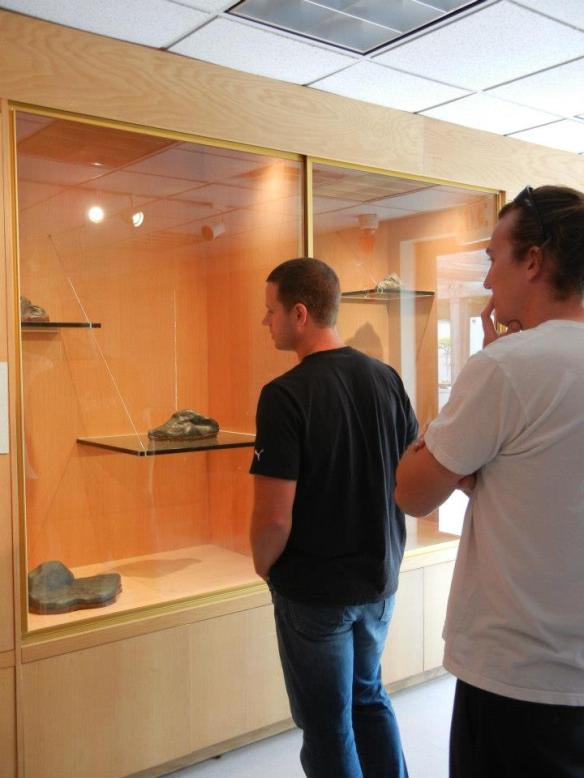

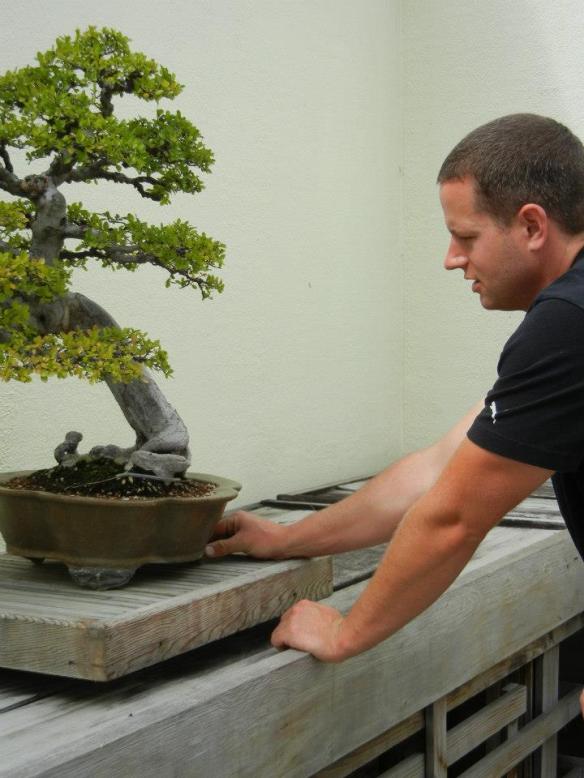
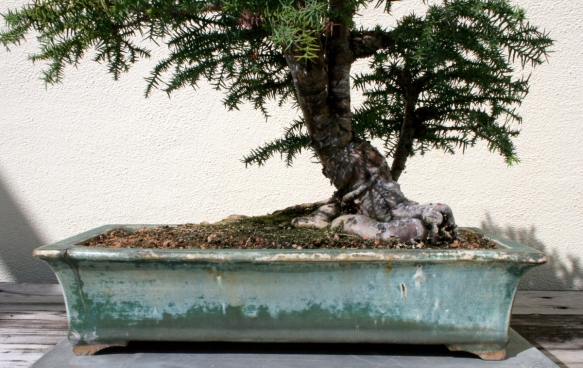
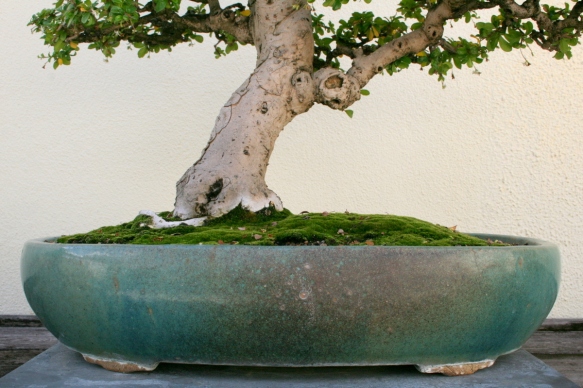
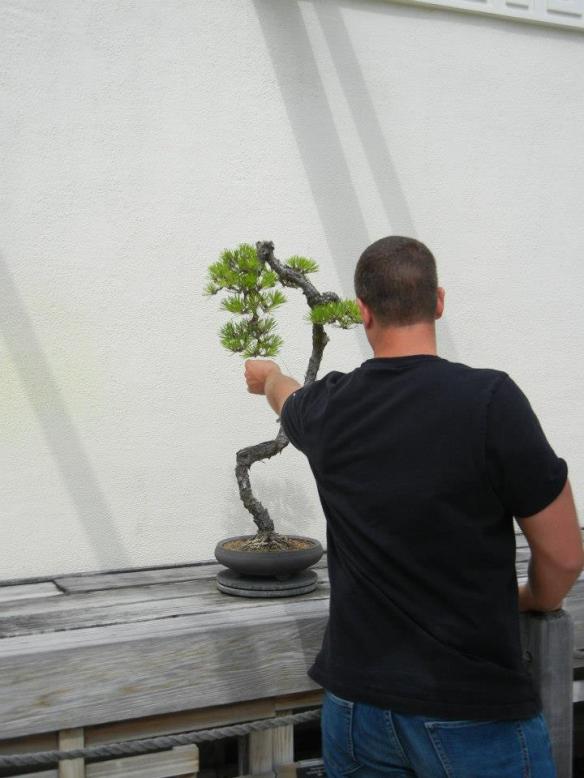

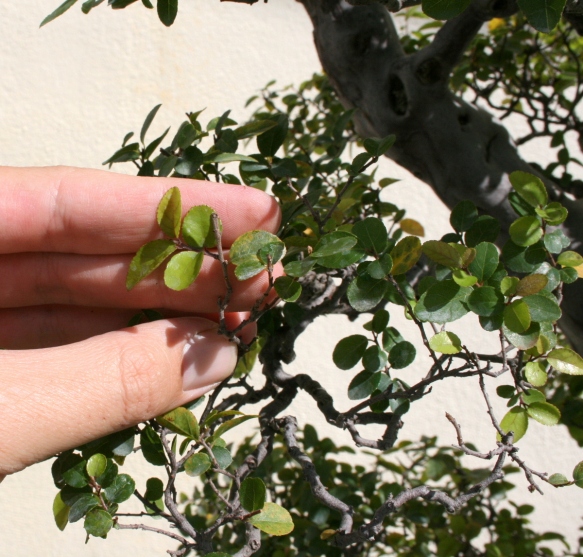
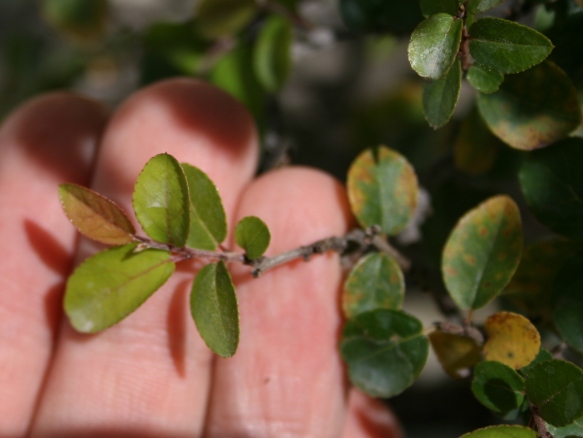
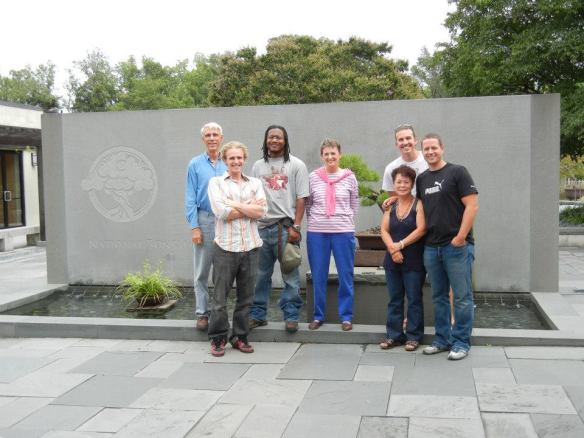

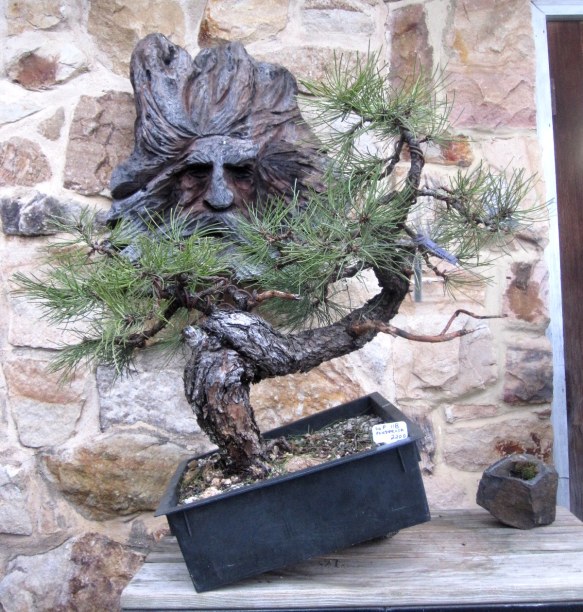
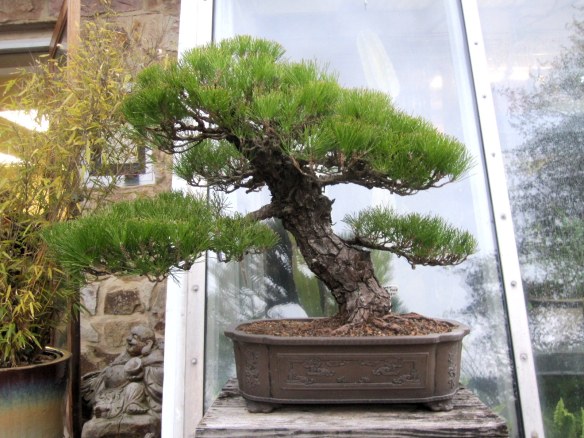
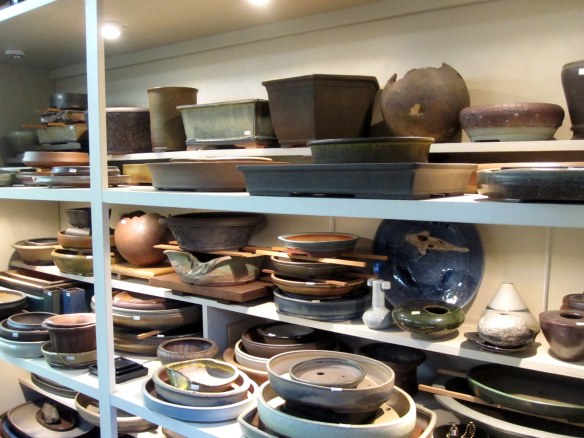

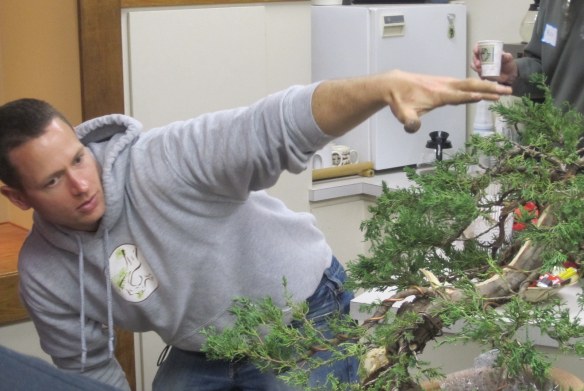
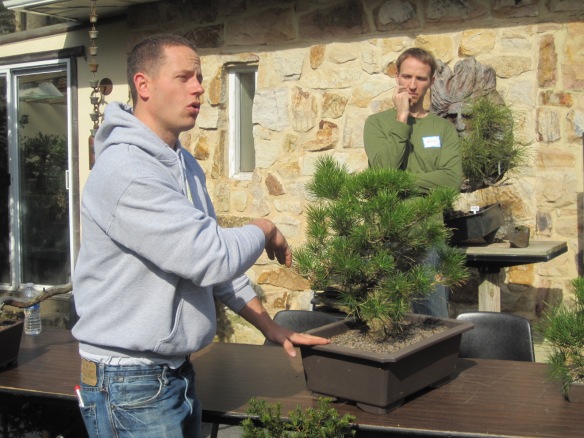
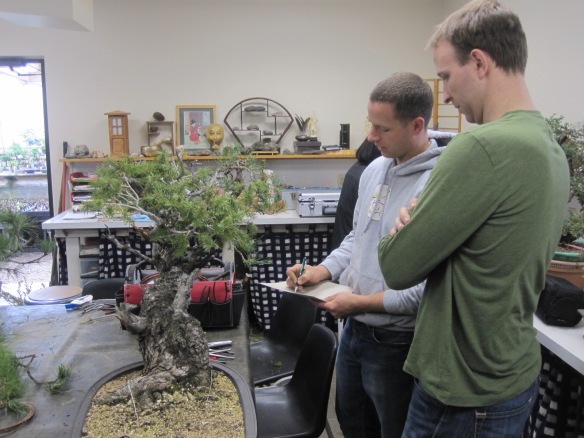



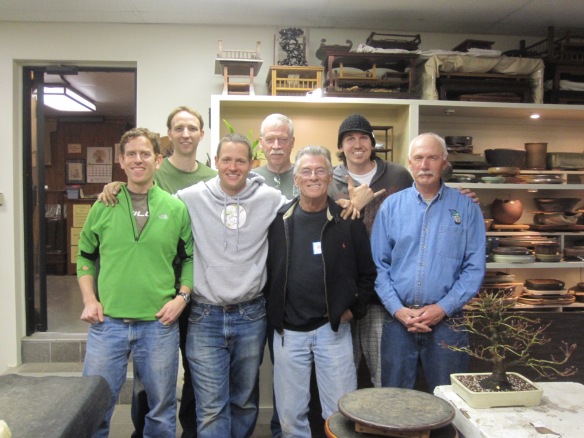
You must be logged in to post a comment.